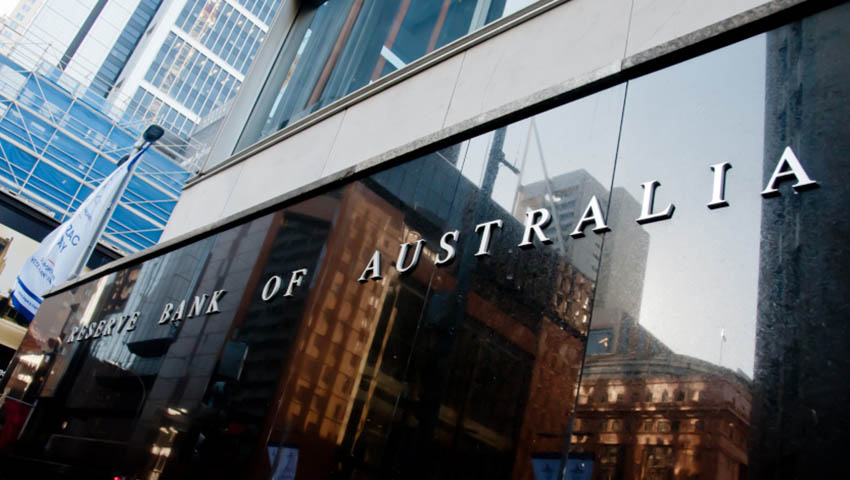RBA cautions investors, so when can we expect mortgage tightening?
While interest rates are said to remain low for an extended period of time, changes in the lending landscape are expected shortly, with the RBA itself announcing it is watching investors very closely.

Expectedly, the Reserve Bank of Australia confirmed on Tuesday that it will maintain its record-low interest rate of 0.1 per cent, and likely for an extended period of time.
But this announcement was set apart from the rest by the RBA’s out of character warning to investors. Namely, the bank said that as investor borrowing increases, “the bank will be monitoring trends in housing borrowing carefully, and it is important that lending standards are maintained”.
This plays in with the expectation that as early as next year, the bank could move to enact macro-prudential measures to slow price growth and act on the creation of inequality.
Just last week, Westpac predicted that APRA will step in to change prudential policy in the first half of 2022, reducing price growth to 5 per cent, down from the expected 15 per cent rise this year, before it plateaus at 0 per cent in 2023.
Similarly, noting a sharp increase in investor dwelling since the December quarter, CoreLogic acknowledged that there is a “strong chance” tighter credit controls by APRA will be implemented shortly.
“We know from previous rounds of macro-prudential policy, tighter credit conditions would likely have an immediate dampening effect on housing market conditions,” CoreLogic’s research director, Tim Lawless, said in a statement this week.
So, is investor lending reaching a danger zone?
In March, the value of investor home lending increased at the fastest rate since July 2003.
And while this may sound as a real cause for concern, it’s important to remember that investors remain under-represented in the market, comprising approximately 26 per cent of mortgage demand.
However, if investor activity continues to grow at this pace and first home buyer activity continues to wind down, this segment of the market could quickly rise to above average levels.
Additionally, through the December quarter, the proportion of mortgages issued with high loan-to-income ratios and high debt-to-income ratios increased, as did interest-only loans and loans to borrowers with high loan-to-valuation ratios.
“Considering the sharper rise in investment lending since the December quarter, it is possible the proportion of these types of loans generally deemed ‘riskier’ has already lifted,” Mr Lawless said.
As investor lending has increased, so has the pace of house price appreciation, with the latest data from CoreLogic revealing a rise of 2.2 per cent in May compared with 1.8 per cent in April. And while May’s rate of growth remains below the 32-year record high of 2.8 per cent recorded in March, the pace of capital gains remains unsustainably high.
Banks to act on their own
The banks have already started shifting their longer-term fixed rates higher, reflecting an expectation for a rise in the cost of funding.
Moving forward, CoreLogic expects fixed mortgage rates to edge higher. This, it said, could also be accelerated by the expiry of the RBA’s $200 billion term funding facility at the end of June.
As for the likelihood of the RBA lifting interest rates sooner than expected, Mr Lawless is fairly confident this won’t occur until inflation hits the 2-3 per cent target.
“Even with COVID well contained and higher levels of vaccinations, any unwinding of the current monetary policy settings is likely to be extremely gradual and carefully communicated, so as not to create a shock to demand,” he concluded.
